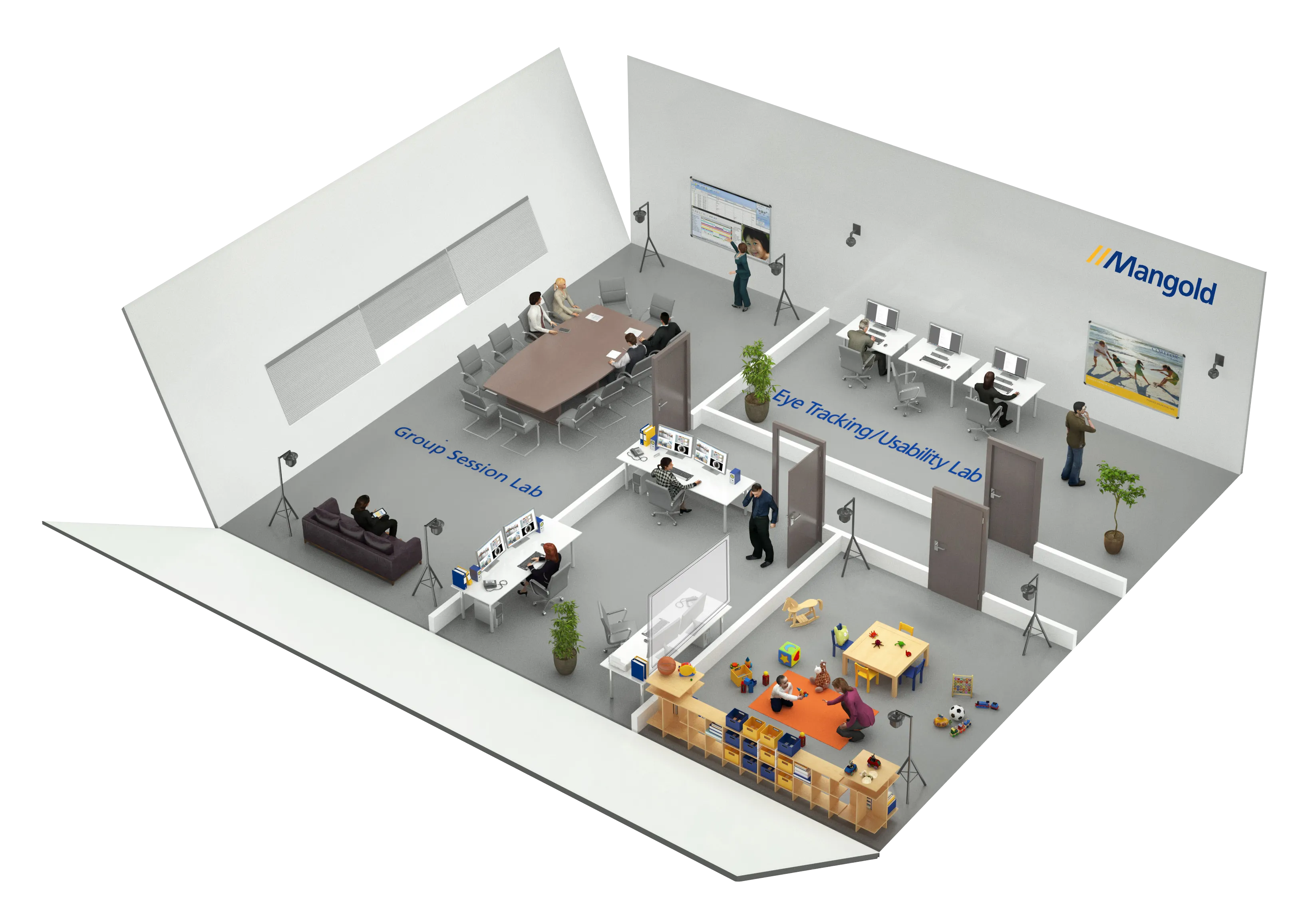Product · 6 min read
Where Observation Labs Generate Benefits
The impact of technology on behavioral research and the potential of modern observational research labs.
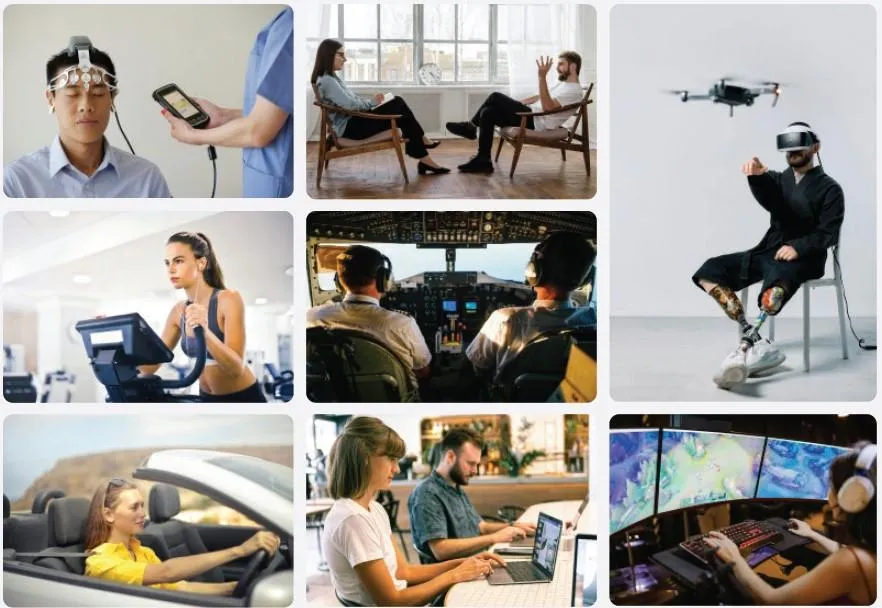
Where Observation Labs Generate Benefits: Use Cases & Research Applications
The advanced capabilities of modern observational research labs open up a vast array of research applications across diverse fields. By providing precise, multimodal data on behavior and underlying physiological and cognitive states, these labs enable researchers to tackle complex questions that were previously intractable. Here, we show some key use cases where these technologies are making a significant impact.
Usability Testing: Optimizing User Experience
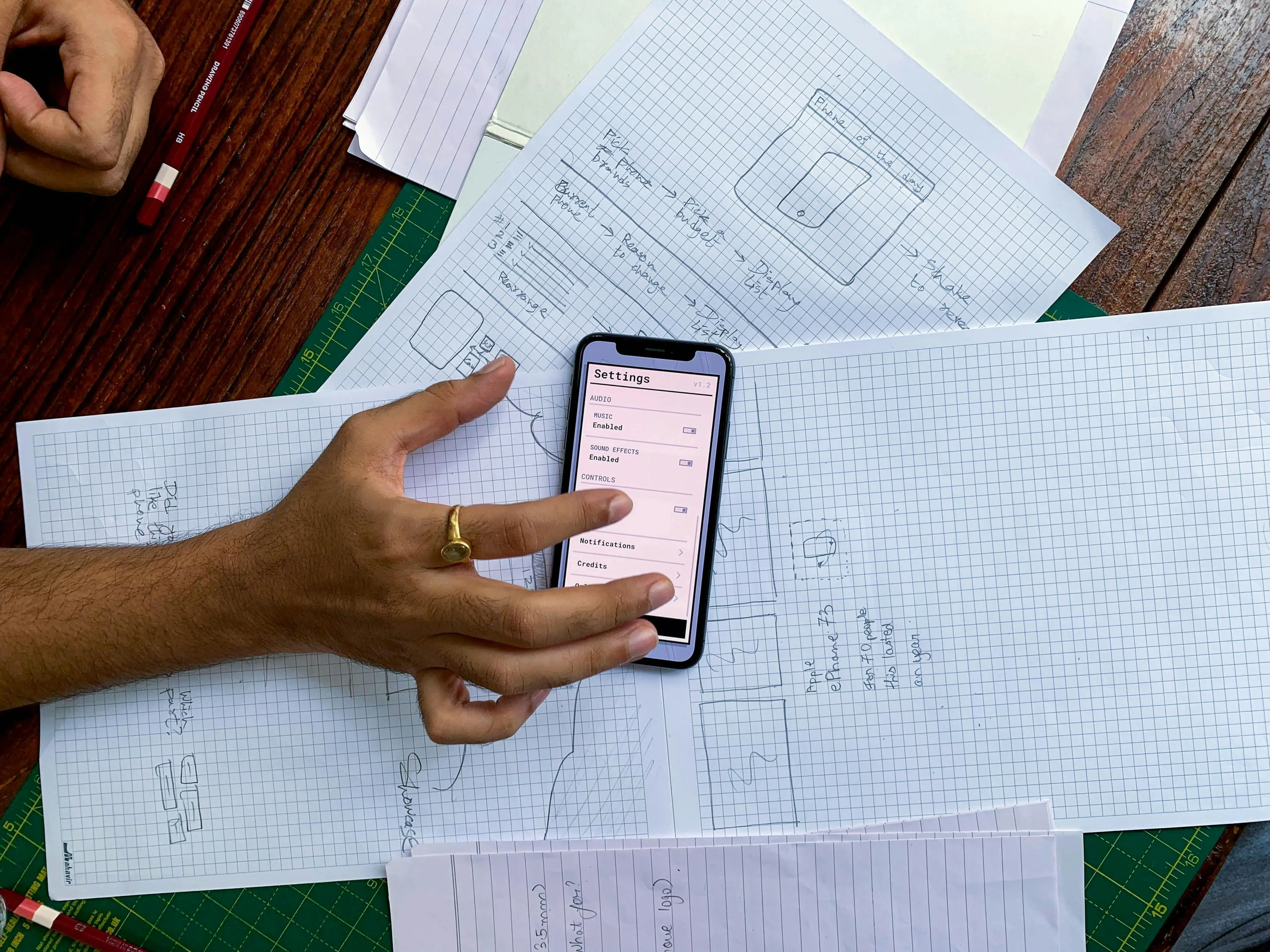
Usability Testing is a critical application, particularly in human-computer interaction (HCI) and product design. Observational labs equipped with eye-tracking, video monitoring, and physiological sensors can provide deep insights into how users interact with software, websites, or physical products. Researchers can identify points of confusion, frustration, or inefficiency by observing gaze patterns, facial expressions, and physiological arousal (e.g., increased GSR) as users complete tasks. This multimodal data allows for a comprehensive understanding of user experience (UX), moving beyond self-report to reveal actual behavior and subconscious responses. For example, eye-tracking can show exactly where a user is looking on a webpage, while video can capture their actions and facial expressions, and GSR (Galvanic-Skin-Response) can indicate moments of cognitive load or stress. This granular data is valuable for iterative design and optimization.
Clinical Behavior Analysis: Objective Assessment and Intervention

In clinical settings, observational labs facilitate Clinical Behavior Analysis, providing objective and quantifiable measures of patient behavior, particularly in conditions where verbal self-report may be unreliable (e.g., autism spectrum disorder, dementia, psychiatric conditions). Researchers can observe and code specific behaviors, social interactions, or responses to therapeutic interventions. Multimodal data, such as video of social interactions combined with physiological measures of anxiety or engagement, can help clinicians assess treatment efficacy, identify behavioral patterns, and tailor interventions. For instance, in studies of social anxiety, researchers might track eye gaze during social interactions and correlate it with heart rate variability to understand physiological responses to social stressors.
INTERACT: One Software for Your Entire Observational Research Workflow
From audio/video-based content-coding and transcription to analysis - INTERACT has you covered.
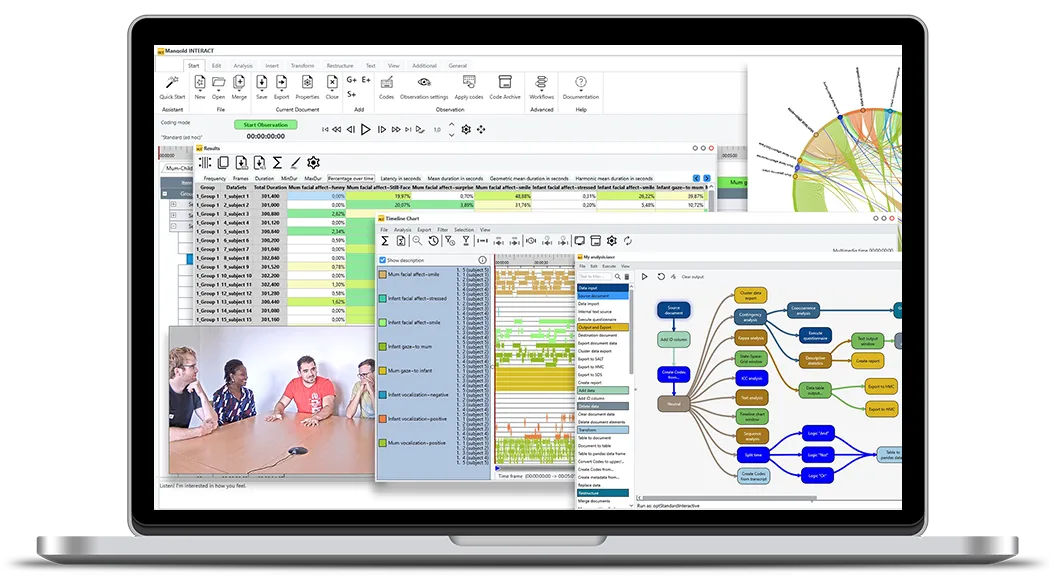
Simulated Environments: Controlled Realism
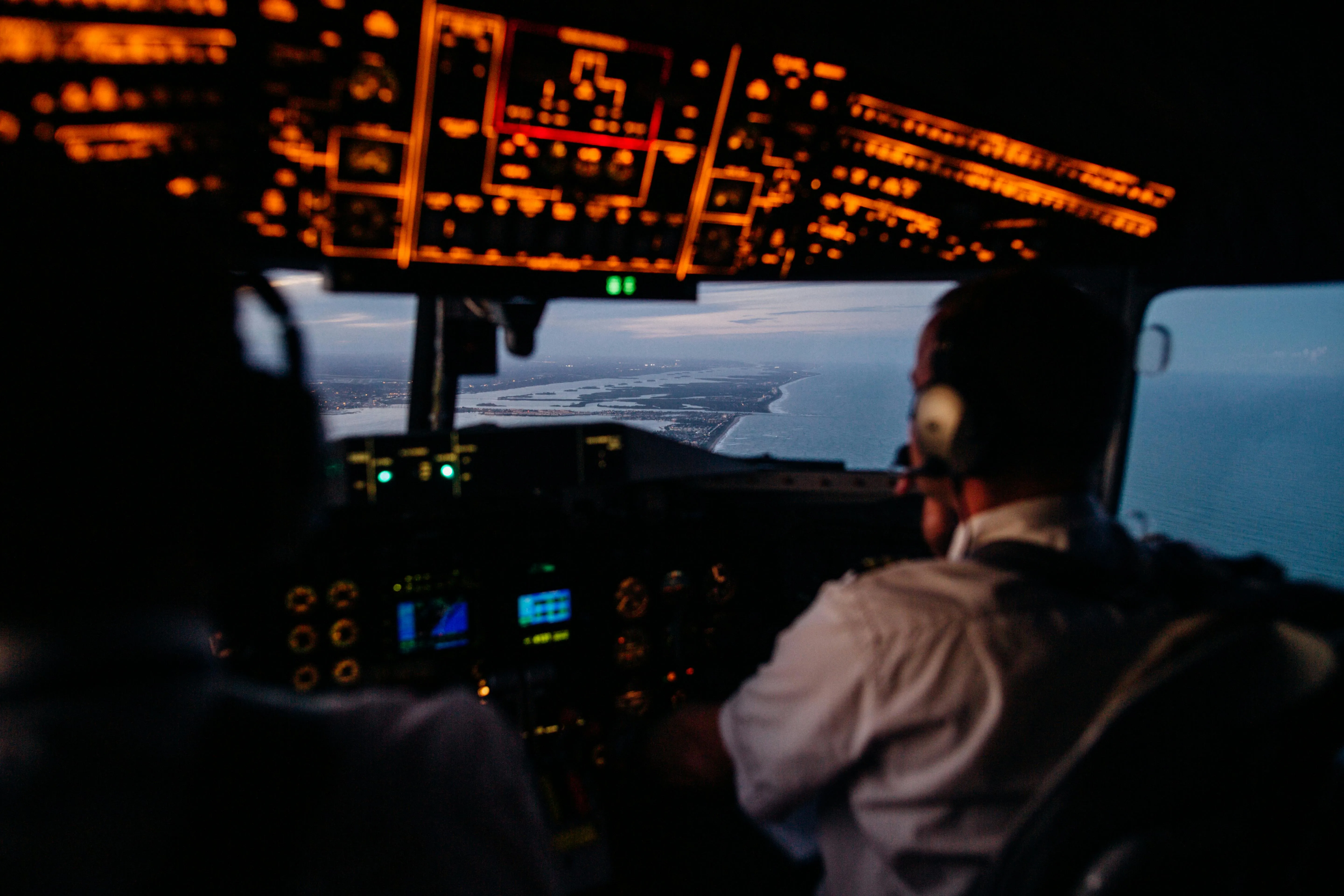
Simulated Environments allow researchers to study behavior in controlled yet realistic settings that might be too dangerous, expensive, or impractical to replicate in the real world. This includes driving simulators, flight simulators, virtual reality (VR) environments, and mock-up control rooms. Observational labs integrate sensors within these simulations to capture participant responses to various scenarios. For example, in a driving simulator, video observation can reveal attentional issues in dangerous driving situations, while EEG can monitor cognitive load during complex maneuvers. This allows for the safe and systematic study of human performance under various conditions, from routine tasks to high-stress emergencies.
Smart Environments: Understanding Human-Environment Interaction
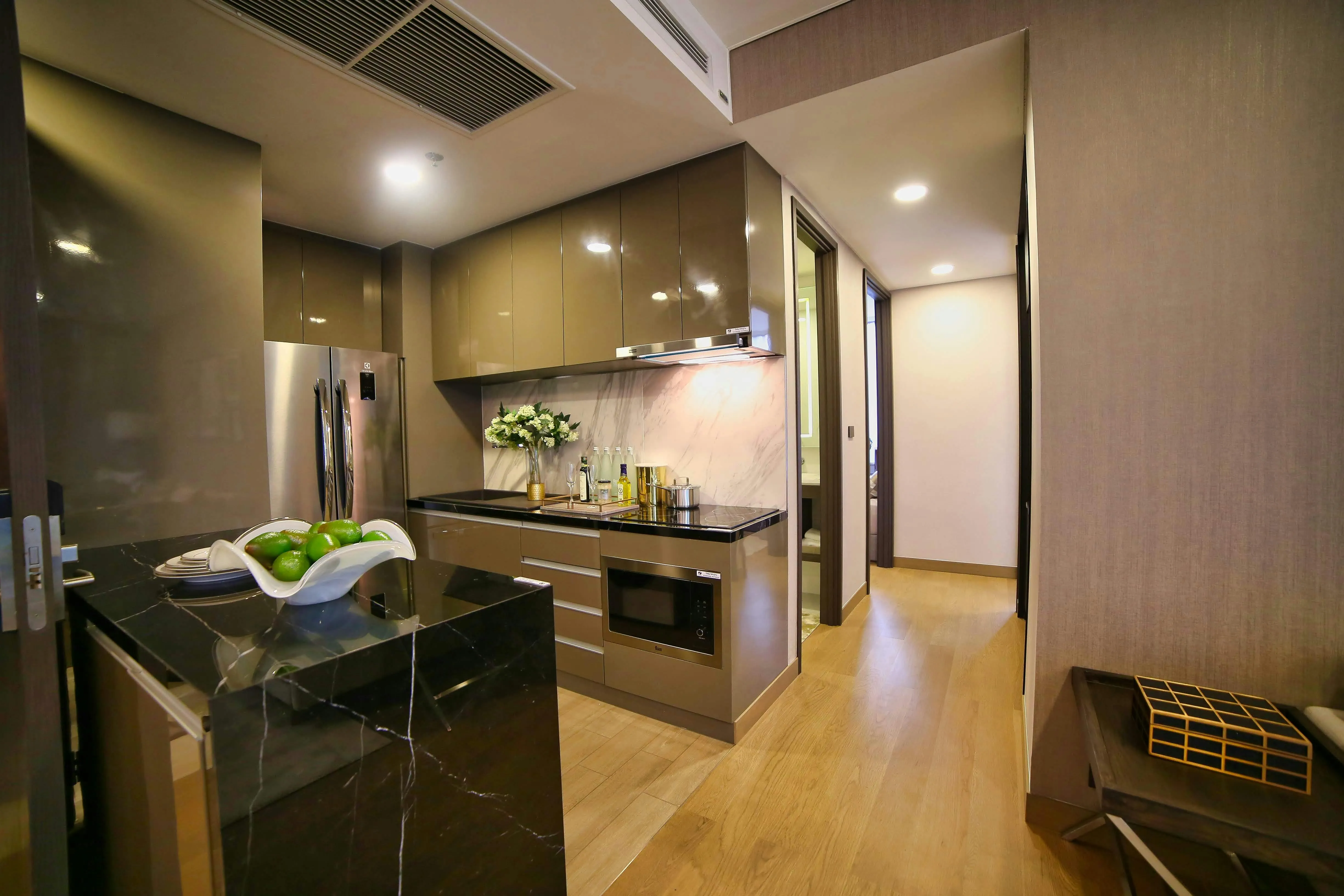
With the rise of the Internet of Things (IoT) and smart homes/cities, Smart Environments present a new frontier for observational research. Labs can be designed to mimic these environments, integrating sensors that track human movement, object interaction, and physiological responses within an intelligent space. This enables research into how people interact with smart devices, how ambient intelligence influences behavior, and how to design more intuitive and adaptive smart systems. For example, in a smart kitchen lab, motion sensors, videos, and appliance data can be used to analyze cooking behavior. The research findings from this data can be used to optimize kitchen design and the user interfaces of kitchen appliances.
Mangold Observation Studio
The advanced software suite for sophisticated sensor data-driven observational studies with comprehensive data collection and analysis capabilities.

Simulated Medical Training: Enhancing Clinical Skills
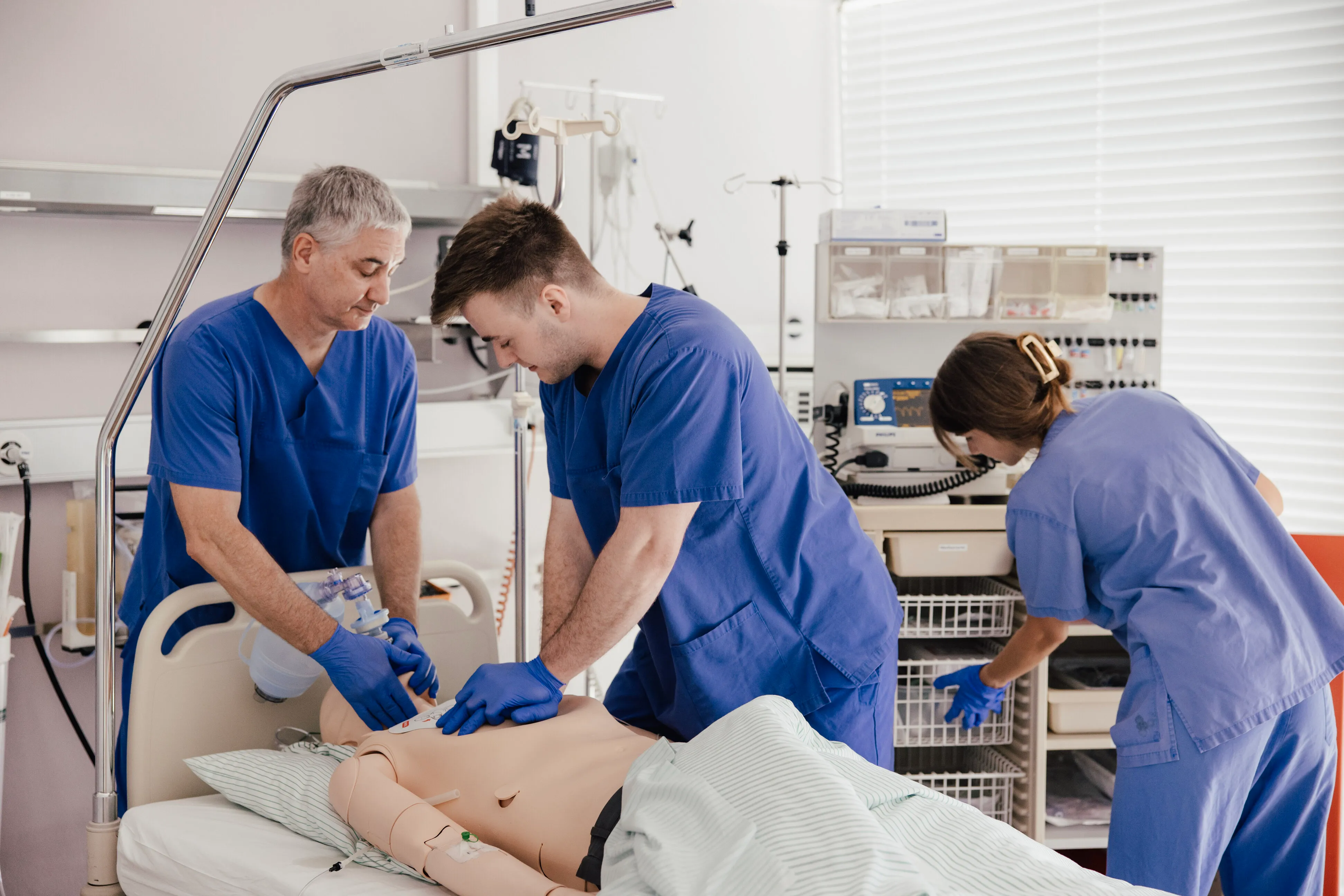
Simulated Medical Training benefits immensely from observational research methodologies. High-fidelity medical simulators, combined with multimodal sensing, allow for objective assessment of clinical skills, decision-making under pressure, and team coordination. Video and audio capture can record procedural steps and communication, while physiological sensors on participants (e.g., heart rate, GSR) can indicate stress levels. Video analysis can reveal issues during critical moments (e.g., during surgery or emergency response). This data provides invaluable feedback for training programs, helping to identify areas for improvement and to develop more effective pedagogical strategies.
Video Feedback and Debriefing in Medical Simulation
Explore Mangolds powerful video-feedback solutions for training healthcare professionals in medical simulations.
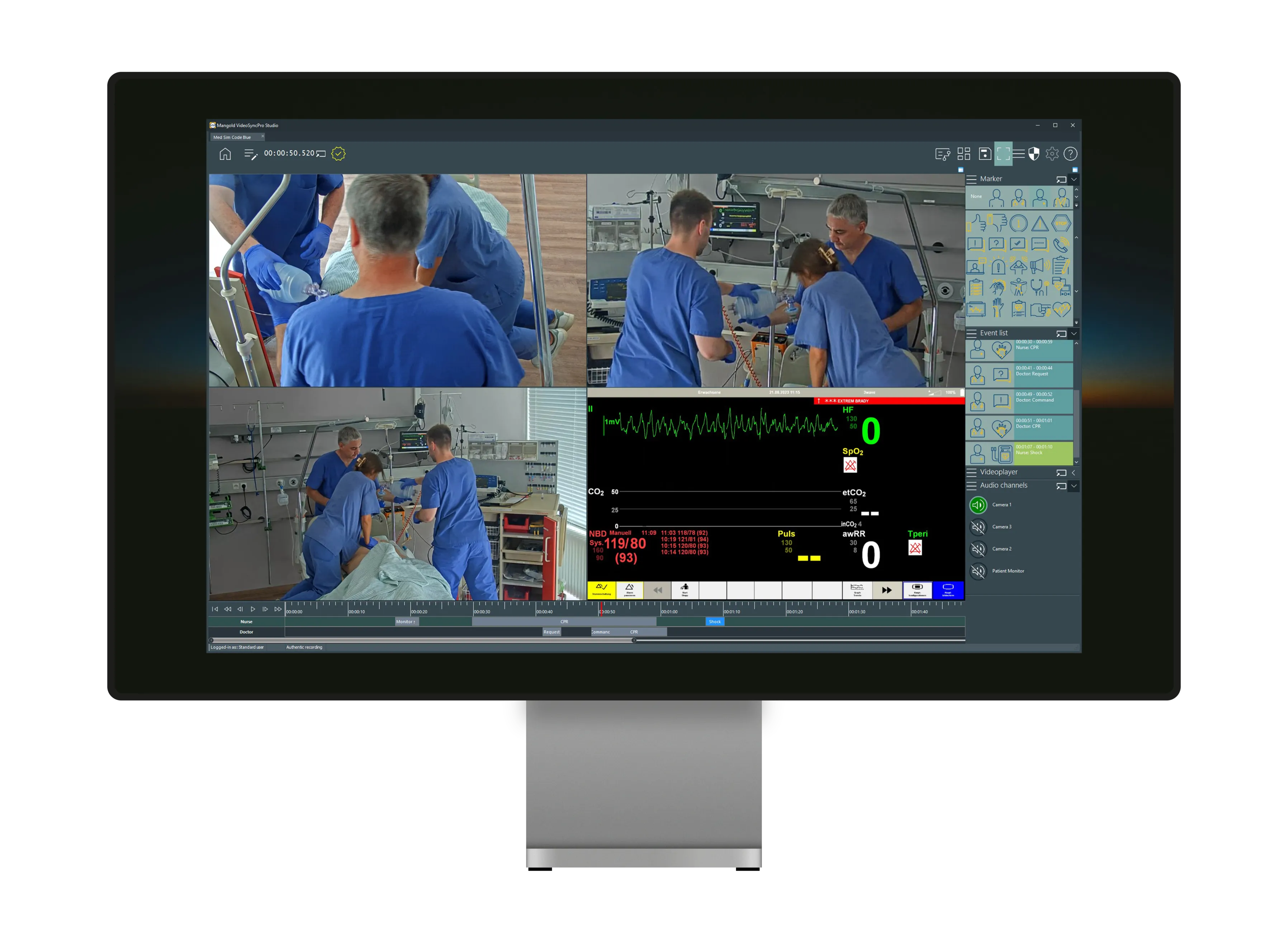
Human-Machine Interaction: Bridging the Gap
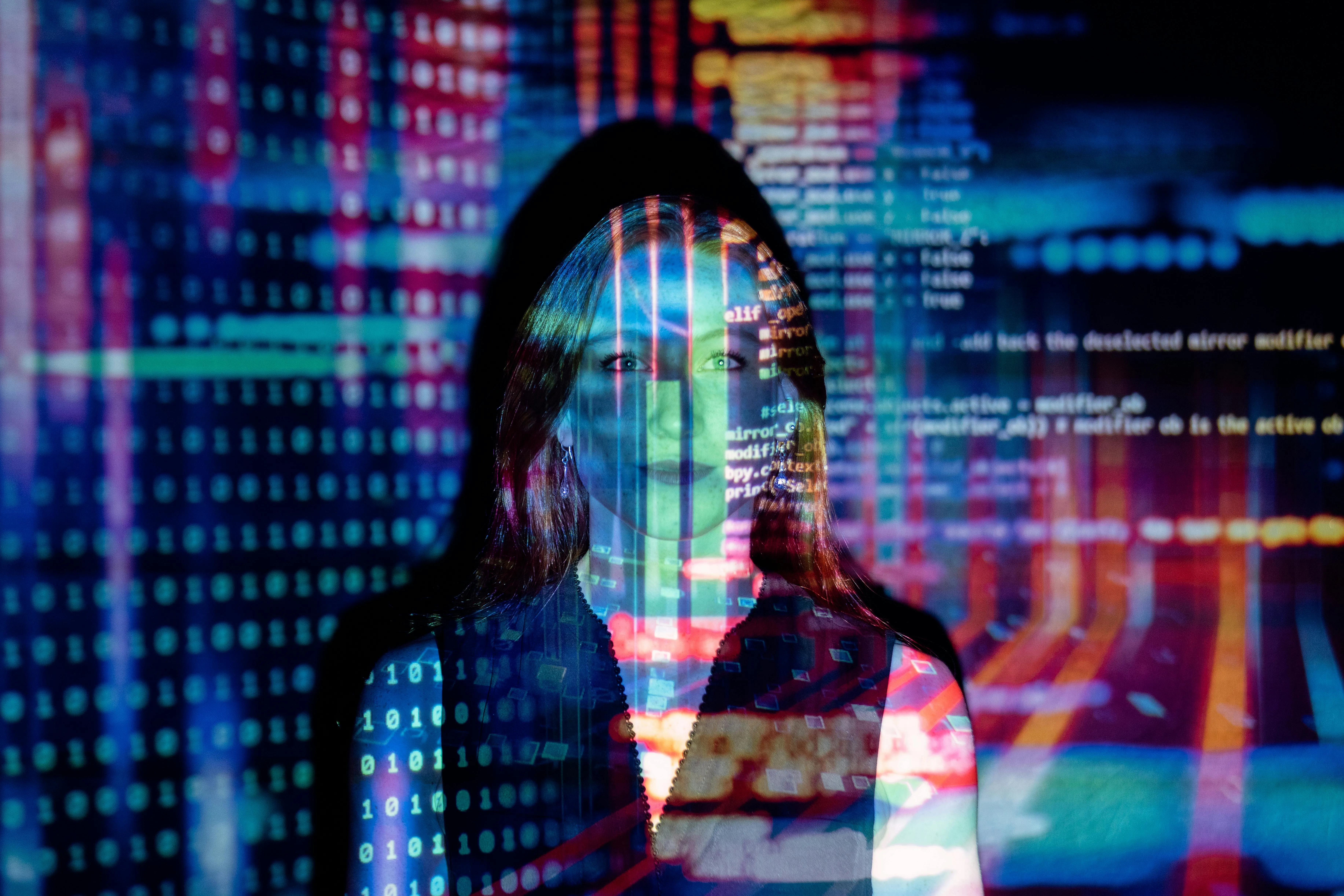
Human-Machine Interaction (HMI) research is a core application, focusing on the design and evaluation of interfaces between humans and machines. Observational labs are crucial for understanding how operators interact with complex machinery, autonomous systems, or robotic interfaces. Multimodal data can reveal cognitive load, attentional shifts, and emotional responses during HMI. In studies on the operation of smart machines, video analysis can, for example, show the actions and movements of the operator, while EEG monitors the mental workload when the system interacts with the operator. Data from the machine can be included in the analysis process. This makes it possible to quickly jump to the decisive situations during the evaluation without having to tediously review all the recordings in their entirety. This research is vital for designing safe, efficient, and intuitive human-machine systems.
Cognitive Load Studies: Quantifying Mental Effort

Cognitive Load Studies aim to quantify the mental effort required to perform a task. Observational labs utilize physiological measures (e.g., pupil dilation from eye-tracking, heart rate variability, EEG alpha/theta power) and behavioral metrics (e.g., reaction time, error rates) to assess cognitive load. By systematically varying task complexity and observing changes in these metrics, researchers can identify optimal workload levels, design more effective training programs, and develop interfaces that minimize cognitive overload. For instance, a sudden increase in pupil diameter during a task might indicate a moment of high cognitive demand, even if the participant reports no difficulty. This objective data provides a powerful complement to subjective measures of mental effort.
Conclusion
The applications highlighted here represent just a fraction of the immense potential held by advanced observational research labs. From optimizing user interfaces and refining clinical interventions to enhancing training in high-stakes environments and designing the smart spaces of tomorrow, these labs provide an unparalleled window into human behavior. By integrating diverse data streams—ranging from eye movements and physiological responses to interactions within simulated and real-world settings—researchers can gain a holistic and objective understanding of how we perceive, react, and perform. As technology continues to evolve, the capabilities of these labs will only expand, enabling further breakthroughs across scientific disciplines and driving innovations that profoundly impact our daily lives.
Which aspects of observational research are most relevant to your work or interests?
Mangold Observation Labs
Mangold Observation Labs are comprehensive turn-key solution for conducting behavioral research and observation.
